There can be your advertisement
300x150
The Forty-Footed House on Bегovaya Street: How the Building Stood on Its Legs
A striking example of how an architectural experiment can become a symbol of its era
In the 1970s, a building appeared in the northwest part of Moscow that still looks futuristic today — a 13-story residential building floating above the ground on 40 concrete pillars. The house on Bегovaya Street, 34 received many nicknames: "the forty-footed house", "the eight-legged house", "a hut on chicken legs," but the most famous was simple and concise — "the house on legs." This unique creation of Soviet architect Andrey Meerzon became one of the most vivid examples of modernist experimental construction in the USSR and remains the neighborhood's business card to this day.
The Birth of an Idea: Between Dream and Reality
The story of the "forty-footed house" began in 1973, when architect Andrey Meerzon received an unusual order — to design a hotel for the upcoming Olympics-80. This hotel was planned to be built on the shore of the Khimki reservoir, near the metro station "Water Stadium".
It was here that the idea of lifting the building above the ground on concrete pillars was born. This solution would allow access to the reservoir's shore to remain unblocked and create free space for walks under the building. In addition, the "legs" were meant to ensure free air circulation, which was particularly important for comfort during hot summer days.
However, during the preparation for the Olympics, plans changed. It was decided to build the hotel elsewhere, and Meerzon's project was moved to Bегovaya Street, near Leningradskoye Highway — one of the city's main arteries. Despite that, the unusual structure with supports was retained, although the initial idea of ensuring access to the water body was no longer relevant.
According to the new plan, the building was supposed to become a residential house for workers of the aviation plant "Znamya Truda," which was located nearby. From this, another name emerged — "the aviator's house"
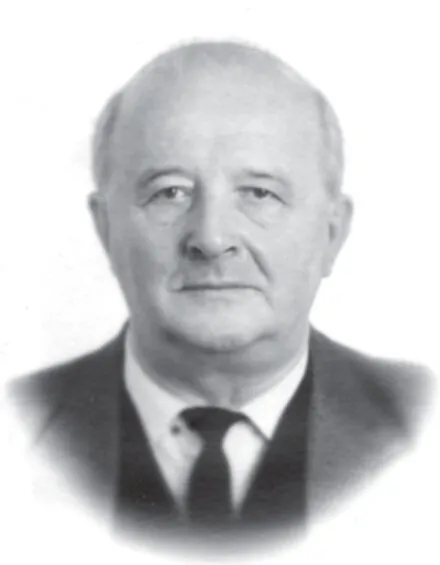 Photo: pinterest.com
Photo: pinterest.comArchitectural Features: Brutalism Soviet-Style
The "Forty-Footed House" is a vivid example of Soviet brutalism — an architectural style popular in the 1970s. Brutalism is based on using raw concrete (French: béton brut) and emphasizing the massive nature of structures.
The building is a 13-story panel house, 130 meters long, divided into three sections. The main feature of the house is 40 reinforced concrete pillars (20 pairs) that lift the first residential floor to the level of the fourth floor. The pillars have a distinctive shape: they taper downward, visually making them light and sleek despite the overall massiveness of the structure.
Interestingly, the facade design features a unique architectural solution: the building expands upward, and the panels are arranged so that they resemble scales or tiles. This creates a visual effect of muscularity and dynamism — key characteristics of brutalism.
There are a total of 299 apartments in the house, as well as two technical floors — one under the pillars and one between the last residential floor and the roof. The building is equipped with four elevators and two garbage chutes in each section.
 Photo: pinterest.com
Photo: pinterest.comTechnical Challenges: How to Build the "Impossible"
Implementing such an unconventional project required innovative engineering solutions. During the construction of the "forty-footed house," Soviet construction was limited by standardized panel housing building norms. The architect had to be creative to build a unique structure from standard components.
Meerzon used standard panels but arranged them in an overlapping manner, creating a scale effect. The pillars were designed to provide maximum stability of the building with minimal contact area with the ground.
Particularly challenging was the utility system. Engineers had to develop special solutions for laying pipelines and electrical wiring through the pillars to provide all apartments with necessary amenities.
Despite the seemingly fragile structure, the house turned out to be exceptionally sturdy. Over more than 40 years of operation, it has not experienced serious structural problems, which speaks to the high quality of design and construction.
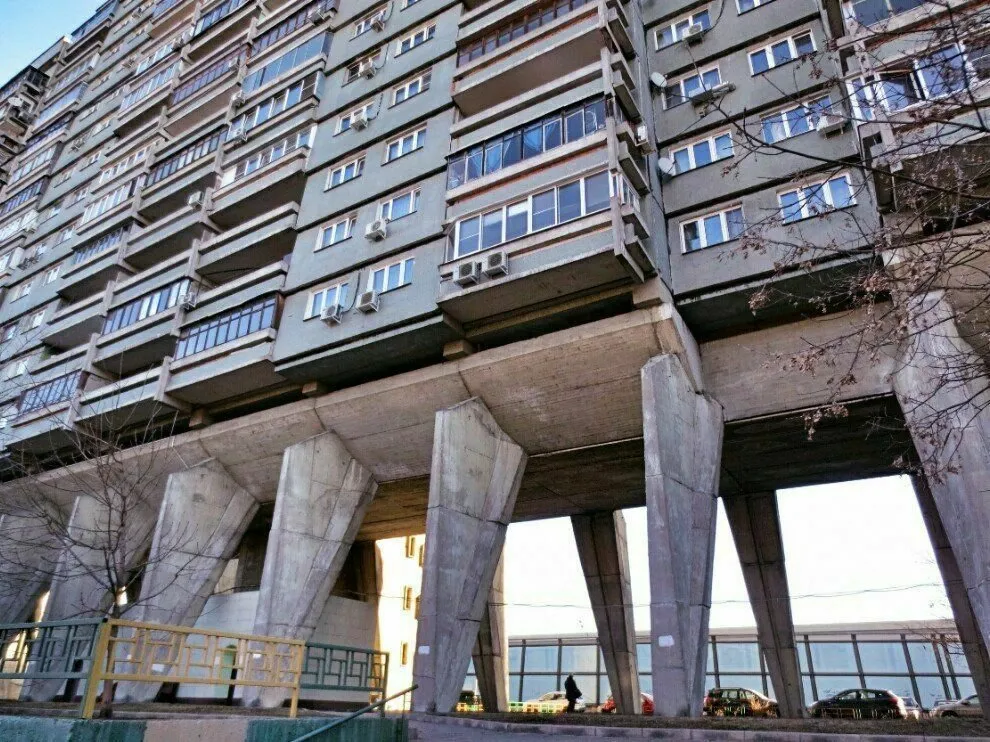 Photo: pinterest.com
Photo: pinterest.comLife in the Floating House: Practicality and Emotion
When construction was completed in 1978, the employees of the aviation plant who received apartments here felt mixed emotions about this unusual house. On one hand, they were proud of the unique housing that stood out among typical developments. On the other hand, many were anxious: how safe is it to live in a building that seems to be floating in the air?
Time proved their concerns were unfounded. The house turned out to be not only architecturally interesting but also quite comfortable for living. It also has practical advantages:
The absence of first floors solves the problem of street noise and dust;
The open space under the building protects from the accumulation of exhaust fumes;
The unusual layout ensures good daylight for most apartments.
Certainly, there are drawbacks. Residents note the unusual shape of rooms (many of them trapezoidal due to construction specifics), as well as a specific acoustics: sounds in the space under the building can travel significant distances.
 Photo: pinterest.com
Photo: pinterest.comCultural Significance: From Architectural Experiment to Symbol of an Era
The "Forty-Footed House" quickly became a notable architectural landmark in Moscow. Its unusual form attracts attention not only from architects and historians but also from filmmakers. The building can be seen in several films, including "Night Watch" and "Turn Off the Lights!".
Architectural critics recognize the significance of this project. Elena Gonzalez, an architectural critic, notes: "The House on Bегovaya – one of the most interesting buildings in Moscow... Undoubtedly, it is a bright embodiment of 1970s brutalism, but in the gallery of Moscow's monuments, it is no less significant than the masterpieces of previous centuries".
It is important to note that the "Forty-Footed House" is not the only such building in Moscow. The idea of pillar-supported buildings was popular in Soviet architecture from the Constructivist period of the 1920s-30s. The famous House of the People on Novinsky Boulevard, designed by Moisei Ginzburg, also partially relies on pillar-"legs." In the 1960s, a 25-story pillar-supported house appeared on Mira Prospect, also nicknamed the "forty-footed house." But it was Andrey Meerzon's house on Bегovaya that became the most vivid embodiment of this architectural idea in Moscow.
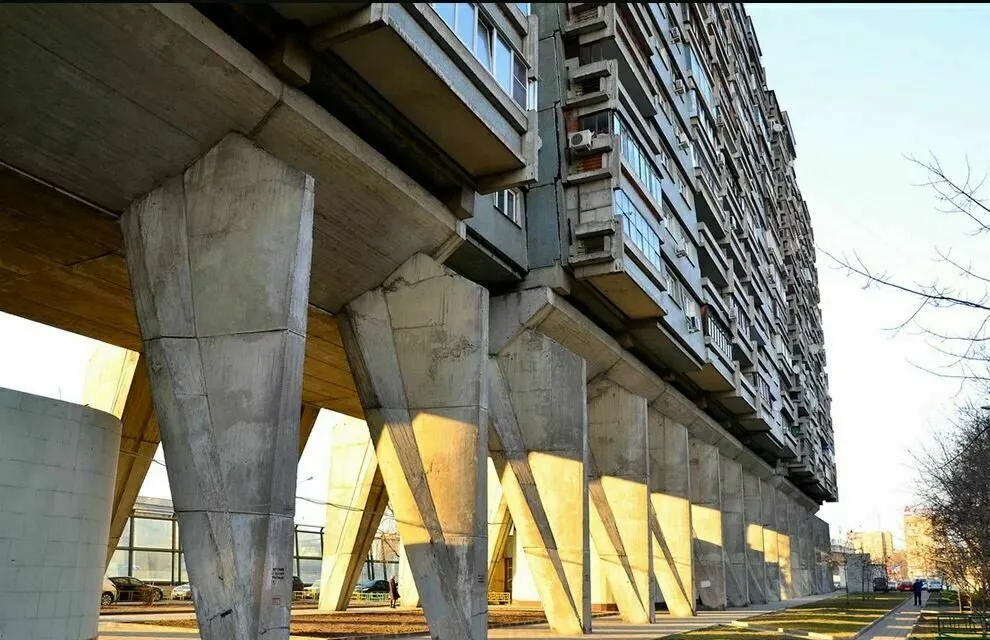 Photo: pinterest.com
Photo: pinterest.comThe Architect and His Legacy
The creator of the "Forty-Footed House," Andrey Dmitrievich Meerzon (1930–2020), was one of the leading Soviet architects of the post-war period. The son of architect Dmitri Solomonovich Meerzon, he received professional training and later became a honored architect of the RSFSR and then a people's architect of Russia.
Besides "the house on legs," Meerzon designed many other significant buildings in Moscow, including:
The residential complex "Swan" on Leningradskoye Highway;
The Khimki-Khovrino microdistrict;
The "Red House" on Serëgin Street;
The Ministry of Defense Building at 1st Brestskaya Street;
The Ritz-Carlton Moscow Hotel (one of his last works).
In 1992–1996, Meerzon was president of the Union of Moscow Architects. In the final years of his life, the architect moved to the USA, where he passed away on January 29, 2020, at the age of 89.
What to See if You Decide to Visit the Forty-Footed House
If you're interested in this unusual building and want to see it with your own eyes, here are some tips:
Address: Moscow, Bегovaya Street, house 34;
Nearest metro stations: "Dinamo", "Bегovaya";
Best time to visit: daytime, when you can see the details of the structure.
Although the house is residential and it's hard to get inside, you can walk under it and feel the unique space created by the architectural concept of "houses on legs." Walk around the building to see how its perception changes from different angles.
And of course, don’t forget to take a few photos — this architectural masterpiece of Soviet modernism deserves a place in your collection of impressions from Moscow's unusual sights.
The Forty-Footed House on Bегovaya — a striking example of how an architectural experiment can become a symbol of an era. It embodies both a bold creative vision, technical achievements of Soviet construction industry, and the dream of new forms of living spaces. Decades after its construction, it continues to impress and surprise, remaining one of Moscow's most unusual buildings.
Cover: pinterest.com
More articles:
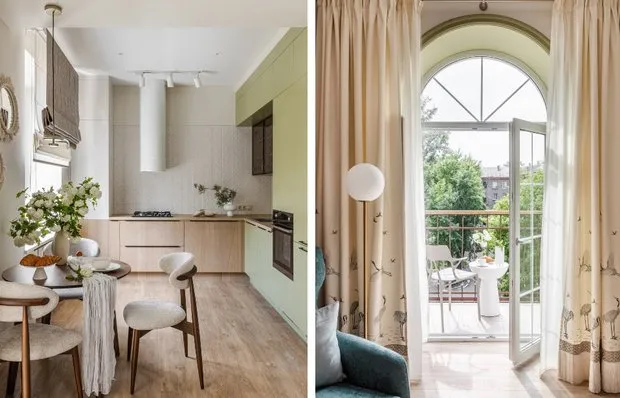 8 Ideas We Spotted in the Transformed Stalin-era Apartment from 1953
8 Ideas We Spotted in the Transformed Stalin-era Apartment from 1953 Sunshine Accent: How They Dared to Style a Bright Kitchen in Trash
Sunshine Accent: How They Dared to Style a Bright Kitchen in Trash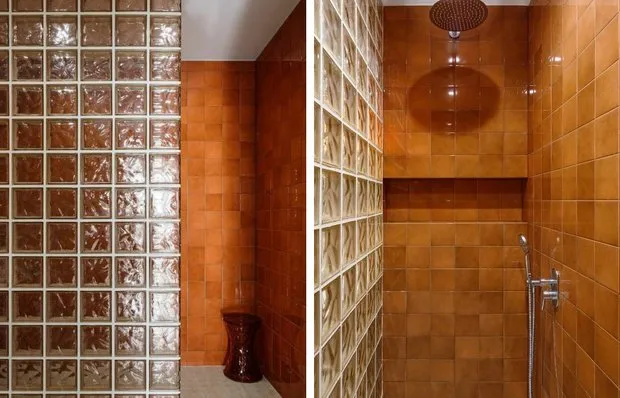 Bathroom 6.9 sq.m: How Glass Blocks and Colors Created a Wow Effect
Bathroom 6.9 sq.m: How Glass Blocks and Colors Created a Wow Effect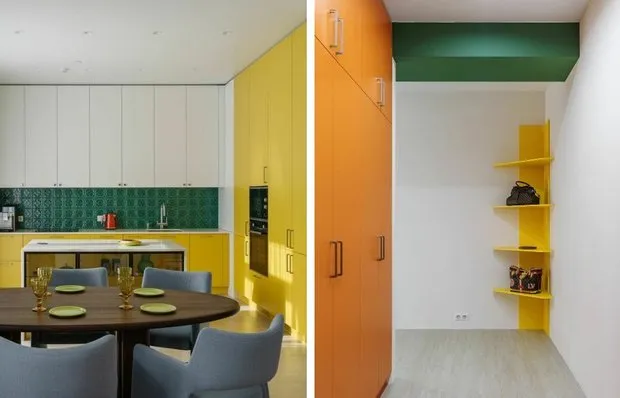 Top-6 Storage Secrets We Spotted in a Bright Trash
Top-6 Storage Secrets We Spotted in a Bright Trash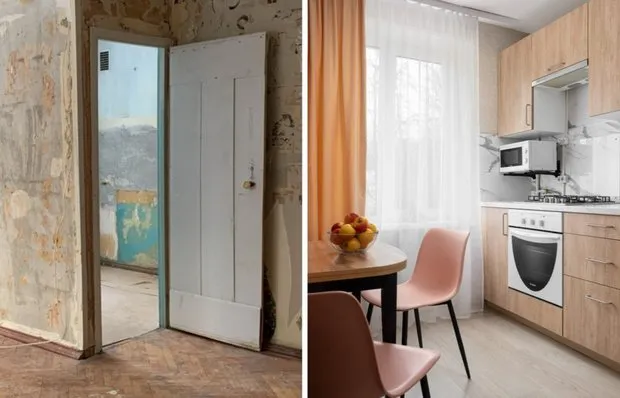 Before and After: Budget Transformation of a 32 m² Studio in a Khrushchyovka Without a Designer
Before and After: Budget Transformation of a 32 m² Studio in a Khrushchyovka Without a Designer 5 super simple storage ideas we borrowed from a 43 m² studio
5 super simple storage ideas we borrowed from a 43 m² studio 8 Ideas We Spotted in a Transformed Two-Room Apartment from the Brezhnev Era
8 Ideas We Spotted in a Transformed Two-Room Apartment from the Brezhnev Era Where Did the 3 Million Go? Real Cost of Renovation vs. Beautiful Photos on Social Media
Where Did the 3 Million Go? Real Cost of Renovation vs. Beautiful Photos on Social Media